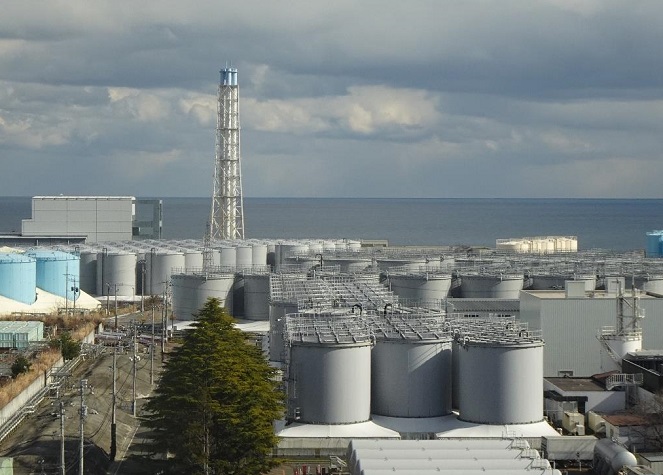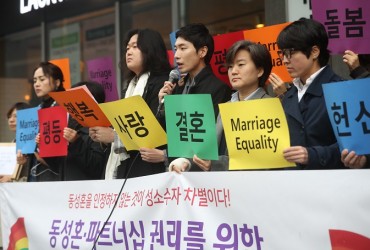SEOUL, May 25 (Korea Bizwire) — In the realm of South Korean media, scant attention is being paid to the ongoing inspection mission taking place in Fukushima, Japan, where contaminated water poses a persistent threat.
The reason behind this lack of coverage lies in the South Korean government’s sympathetic stance toward its Japanese counterparts, leading media outlets to shy away from disseminating stories that criticize authorities.
Meanwhile, the alarming levels of radioactivity detected in the Fukushima region captured significant interest on Tuesday.
One news outlet, YTN, ventured into the town of Futaba within Fukushima Prefecture, situated a mere 5 kilometers away from the Fukushima Daiichi nuclear power plant.
The readings of radiation in this area were found to be a staggering 25 times higher than those observed in Tokyo.
Curiously, the South Korean media finds itself entirely excluded from the inspection team’s itinerary, a request apparently made by the Japanese government.
Consequently, some media organizations have resorted to monitoring the team’s activities by observing nearby regions.
In the case of YTN, their reporters have reportedly gone to great lengths to capture footage of the team’s entrance into the plant.
A dozen years after the disaster, the town of Futaba remains mired in hardship.
Vacant homes and deserted establishments populate the area, while bags of soil contaminated with radioactive material are scattered throughout the town as part of the decontamination efforts.
Radiation levels registered at the entrance to the village, two kilometers from the plant, measured 2.5 microsieverts per hour (µSv).
Certain areas exceeded 5 µSv, an alarming 25 to 50 times higher than Tokyo’s average reading, which stands at 0.1 µSv.
Meanwhile, the Fukushima Contaminated Water Inspection Team devoted approximately nine hours, from 10 a.m. to 7 p.m. on Tuesday, to a comprehensive tour of facilities connected to the management of contaminated water.

Radiation levels registered at the entrance to the village, two kilometers from the plant, measured 2.5 microsieverts per hour (µSv). (Image capture from YTN news footage)
Representatives of the Tokyo Electric Power Co. (TEPCO) guided the team throughout the tour, which encompassed the ALPS multi-nuclide removal system, the contaminated water storage tanks, and the operation control room.
In front of TEPCO’s decommissioning museum in Futaba-gun, Fukushima Prefecture, Yoo Kuk-hee, the head of the Korea Atomic Energy Safety Institute (KINS), addressed the media, stating, “Today, we have visited all the facilities that were part of our planned itinerary.”
Coinciding with South Korea’s on-site inspection, the Japanese government hinted at lifting the ban on Fukushima seafood imports.
Hirokazu Matsuno, the Chief Cabinet Secretary and official government spokesperson, shared during a routine press conference earlier in the day, “Through this inspection, we aim to enhance our understanding of the safety standards governing the discharge of ALPS-treated water into the ocean, with regards to South Korea.”
Notably, Tetsuro Nomura, the Minister of Agriculture, Forestry, and Fisheries, personally broached the topic of lifting import restrictions on Fukushima seafood during the post-meeting press conference.
NHK reported his words, stating, “While this visit primarily revolves around the investigation of treated water, I would also like to make a plea for the removal of import bans.”
Adding to the discourse, NHK disclosed, “As a government representative, he conveyed the notion that we should request that South Korea lift the import embargo on seafood and other related products.”
Main opposition Democratic Party leader Lee Jae-myung on Monday condemned the inspection team’s mission as a “three-blinds” inspection, characterized by a lack of samples, a lack of a definitive list, and an absence of media verification.
“Japanese media already speculate that the inspection team will lead to a resumption of Fukushima seafood imports,” he cautioned, expressing genuine apprehension that the Yoon administration is simply following Japan’s predetermined script.
M. H. Lee (mhlee@koreabizwire.com)







